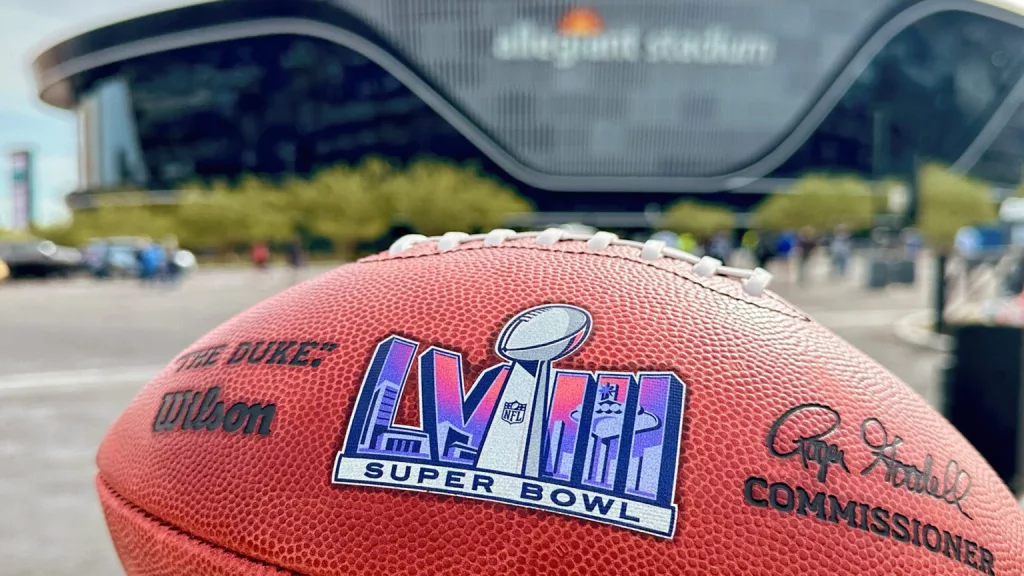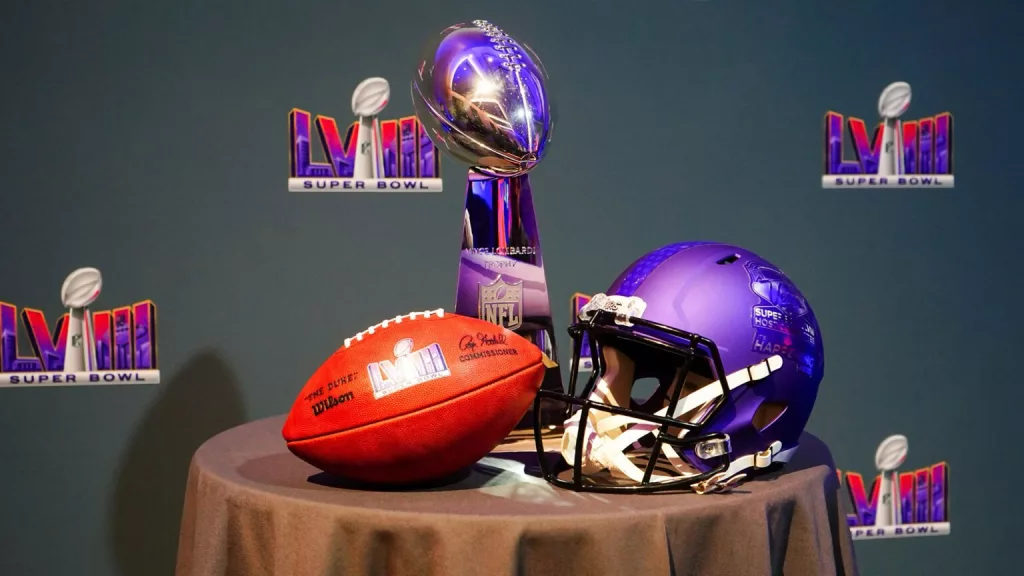The Super Bowl, an annual sports event captivating millions of viewers worldwide, is more than just a football game; it’s a cultural phenomenon.

While the focus is primarily on the athletic competition and halftime show, agriculture plays a surprising and crucial role in making this event a success. From the food served in the stadium to the materials used in the production of merchandise, agriculture is an essential part of the Super Bowl.
Culinary Experiences
One of the most recognizable ways agriculture contributes to the Super Bowl is through the diversity of food offerings available during the game.
The Super Bowl experience, for many fans, is incomplete without food indulgences. The stadium transforms into a foodie wonderland, featuring a wide range of snacks and meals. Whether it’s the classic hot dog or a gourmet dish, the ingredients trace back to agriculture.
From the potatoes used to make crispy french fries to the wheat in the buns, and the tomatoes and lettuce in salads, Super Bowl menus celebrate the efforts of farmers. Even the beverages, such as soda or craft beer, involve agricultural products like corn and barley.
Tailgating Traditions

Tailgating and other pre-game festivities are a cherished part of the football experience. Fans gather in parking lots hours before the kickoff, firing up grills and enjoying a feast with friends and family. Tailgating staples like burgers, sausages and grilled vegetables derive from agriculture.
The charcoal or propane used to fuel the grills, the wood for smoking meats, and even the condiments like ketchup and mustard – all are agricultural products. Super Bowl tailgates are proof of how sports and agriculture intertwine, bringing people together over shared meals.
Football Production and Stadium Greens
The leather used for crafting the football used in the game often comes from cattle ranches, emphasizing the role of livestock farming in the sports industry. Footballs are traditionally made from cowhides. The leather industry ensures a sustainable supply of materials for the production of these essential sports equipment.
The lush green playing fields of modern stadiums are a testament to agricultural innovation. Turf management involves a sophisticated blend of grass varieties chosen for their durability and playability, and cultivation techniques, highlighting the expertise required to maintain pristine playing surfaces.
Agriculture extends beneath the surface of the stadium turf. Fertilizers and soil management practices are crucial for ensuring optimal conditions for the grass to thrive. From organic fertilizers to water conservation efforts, the intersection of agriculture and sports demonstrates a commitment to environmental responsibility in the maintenance of playing surfaces.
The Sustainable Super Bowl

In recent years, there has been a growing emphasis on sustainability in large-scale events, and the Super Bowl is no exception. Stadiums and organizers are making efforts to reduce their environmental impact, and agriculture plays a vital role in these initiatives.
From compostable food containers made from plant-based materials to sourcing locally grown produce, the Super Bowl is becoming a platform to showcase sustainable agriculture practices. By choosing eco-friendly options, the event sends a powerful message about the importance of responsible farming and consumption.
Merchandise and Memorabilia
The Super Bowl isn’t just about the game itself; it’s also a massive marketplace for merchandise and memorabilia. T-shirts, hats, jerseys and other items flood the market, proudly displaying team logos and colors. What many fans may not realize is that the cotton in their favorite team’s shirt or the leather in their commemorative football both originate from agriculture.
Cotton fields across the country contribute to the production of textiles used in Super Bowl merchandise. The Super Bowl thus becomes a showcase for the versatility of agricultural products in various industries.
As we cheer for our favorite teams and marvel at the halftime extravaganzas during the Super Bowl, it’s essential to recognize the unsung hero behind the scenes – agriculture. From the food on our plates to the shirts on our backs, farmers and their produce play a vital role in making the Super Bowl a truly spectacular event.
As you attend a Super Bowl party or tailgate with friends this week, take a moment to appreciate the agricultural journey that brings the game to life.

